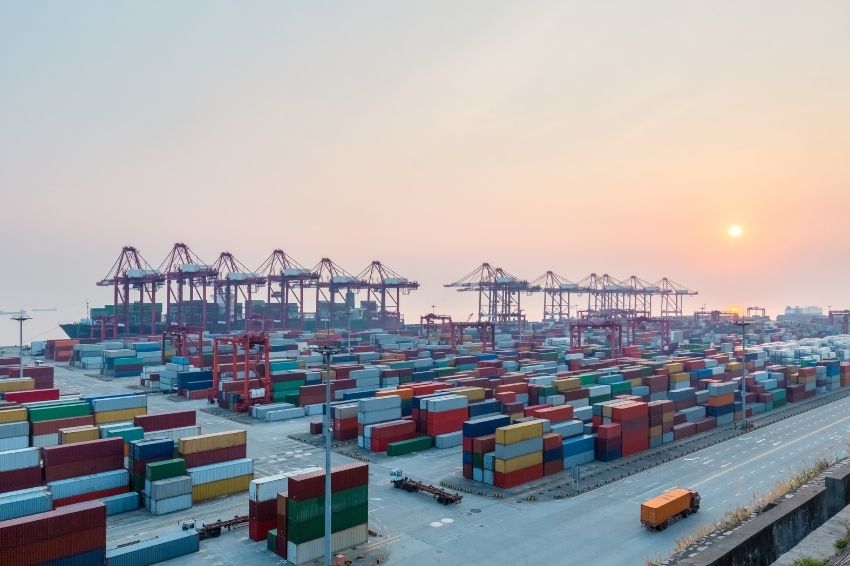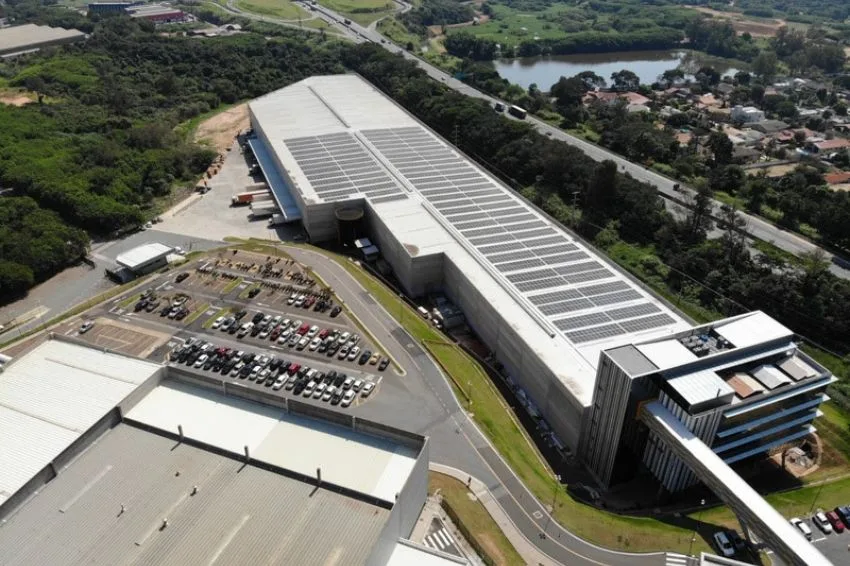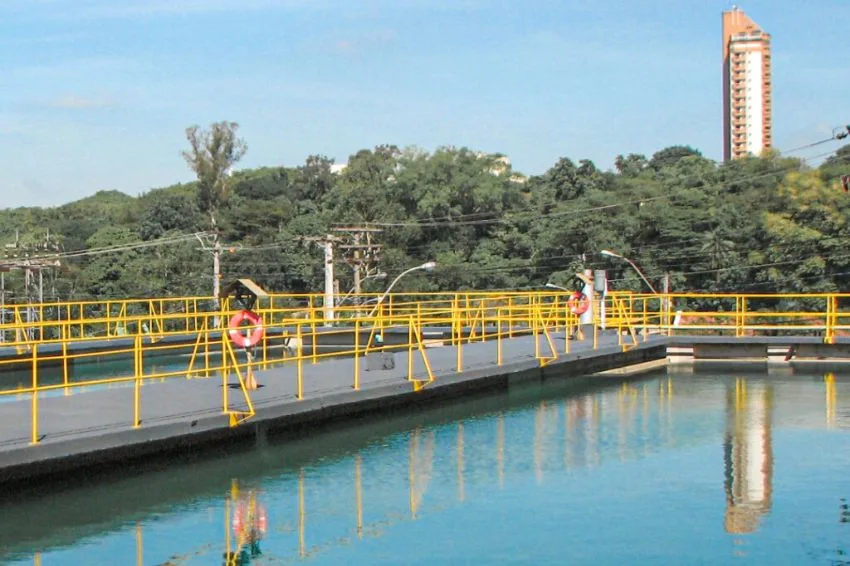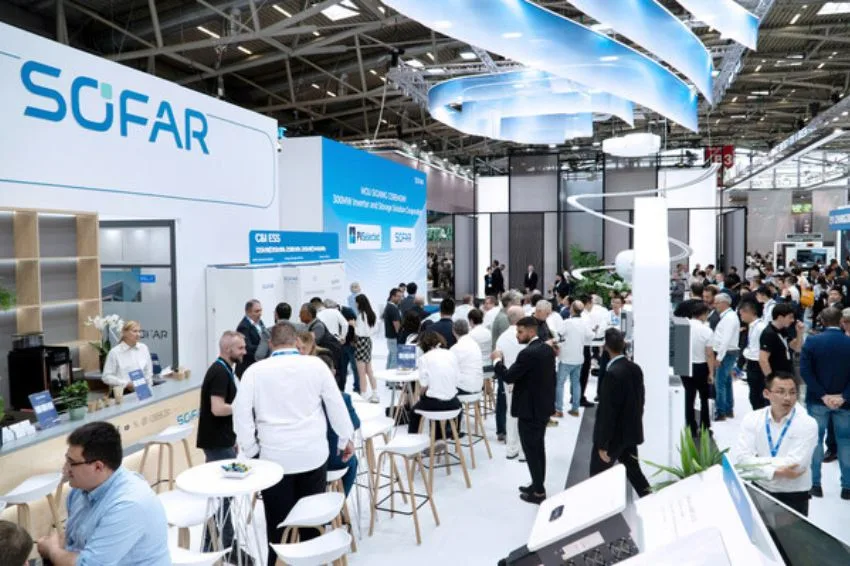The challenges for importing photovoltaic products and equipment in the second half of this year are expected to be even more complicated than they were in the first, due to new expected increases in the price of polysilicon and sea freight.
Aldo Pereira Teixeira, president of Aldo Solar, explains that in recent weeks, the value of polysilicon sold has even stabilized, but that the increase is expected to return and continue over the next few months.
“Historically, we have never had silicon prices as high as they are now and what it looks like is that the rise will continue throughout the second half of the year. (…) Brazilians will feel the price of Watt-peak local with the arrival of programs with the new price in China”, he commented.
The executive highlighted, however, that the price of the material will not be the main problem faced by importers, but rather the amount charged for sea freight, which could rise to more than 100% by December. Between January and June, the increase was more than 30% (6 thousand to 10 thousand dollars), according to information from Port Trade.
“Freight is still in very high demand for the richest regions, where there is greater consumption, such as the United States and Europe. Unfortunately, there is not enough equipment to meet such demand”, commented Teixeira.
Because of this, he explains that logistically and economically less favored regions – such as South America – will suffer consequences and end up receiving only the “leftover” of the transported products.
Leandro Martins, president of Ecori Energia Solar, also highlights that international freight prices – as well as polysilicon – are at the highest levels ever seen and that prices will continue to be under pressure until 2022, given the increase in natural demand, characteristic of the second half of the year. year.
“The main problem with this is the lack of predictability in relation to the following months. If we compare shipping prices before the pandemic with current ones, they represent more than 10% of the value of the merchandise”, he stated.
According to Teixeira, theis extremely worrying, especially for importers who need to do their programming in a shorter space of time.















